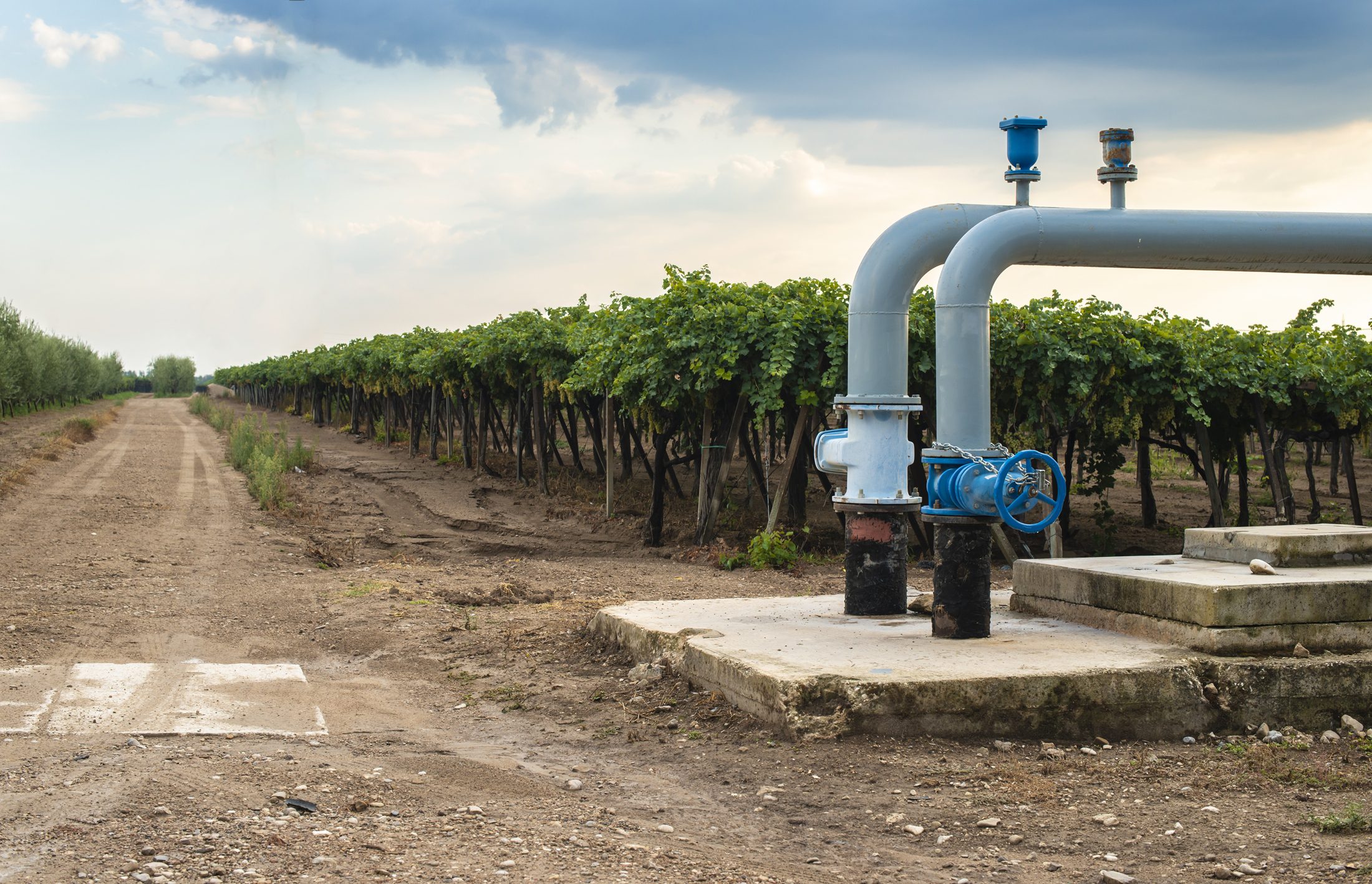- Groundwater supplies 44 percent of the nation’s drinking water.
- Agricultural irrigation uses 70 percent of fresh groundwater.
- The NGWA supports managed recharge and stricter contamination safeguards.
- Protection strategies emphasize state control, education, and financial support.
Monday, July 14, 2025 — A new white paper from the National Ground Water Association (NGWA) , approved in June by its Board of Directors, outlines key concerns and recommended strategies for protecting the nation’s groundwater resources. The document expands upon NGWA’s longstanding position that both fresh and brackish aquifers are critical infrastructure deserving of robust protection from contamination and depletion.
, approved in June by its Board of Directors, outlines key concerns and recommended strategies for protecting the nation’s groundwater resources. The document expands upon NGWA’s longstanding position that both fresh and brackish aquifers are critical infrastructure deserving of robust protection from contamination and depletion.
According to the NGWA , approximately 90 percent of available freshwater lies underground. Nearly 41 percent of the U.S. population depends on groundwater for domestic water needs, including virtually all rural residents. Yet, trends show increasing stress on these supplies. Groundwater withdrawals for agricultural irrigation, which now consume 64.1 million acre-feet per year, have tripled since 1950 and now account for 70 percent of fresh groundwater use.
, approximately 90 percent of available freshwater lies underground. Nearly 41 percent of the U.S. population depends on groundwater for domestic water needs, including virtually all rural residents. Yet, trends show increasing stress on these supplies. Groundwater withdrawals for agricultural irrigation, which now consume 64.1 million acre-feet per year, have tripled since 1950 and now account for 70 percent of fresh groundwater use.
The NGWA notes that water-short communities are also turning to brackish and saline aquifers, treating them for potable use. The white paper supports protecting these resources as part of a broader strategy to maintain water security for municipalities, agriculture, and industry.
Depletion and Contamination Pose Dual Threats.
Once aquifers are depleted or contaminated, recovery can take decades, or prove impossible. The position paper calls attention to the rising frequency of institutional controls that leave groundwater in a degraded state indefinitely, rather than remediating it for future use. The NGWA cautions that this “leave-it-there” approach ignores the growing demand for groundwater, especially in regions with limited surface water supplies.
Contamination concerns include emerging pollutants such as per- and polyfluoroalkyl substances (PFAS), which the group recommends addressing through advanced treatment and stricter monitoring. Other recommendations include waste reduction, land-use planning, and improved education for private well owners.
Supporting Managed Aquifer Recharge (MAR).
To counter declining aquifer levels, the NGWA supports increased investment in managed aquifer recharge. MAR involves diverting surplus surface water, stormwater, treated wastewater, or desalinated water into aquifers under carefully monitored conditions. The position paper emphasizes that recharge water must be thoroughly treated and compatible with subsurface conditions to avoid worsening groundwater quality.
The white paper stresses that recharge is not a silver bullet. It must be part of a broader portfolio that includes demand management, well deepening assessments, and groundwater monitoring.
Groundwater and Surface Water: One System.
The NGWA also urges more integrated management of groundwater and surface water, which are often treated separately by regulatory agencies. Groundwater is the primary source of streamflow in many areas and can be replenished by surface water under the right conditions. A better understanding of these connections, the group argues, would lead to more effective and equitable water management strategies.
A Call for Education and Financial Investment.
The NGWA encourages increased education and outreach to promote public awareness of groundwater’s role in water supply, food production, and ecosystem health. At the same time, the paper calls for more financial investment at all levels of government to support aquifer protection, research, and infrastructure upgrades.
While the paper defers to state authority over groundwater allocation, it advocates for continued collaboration between federal and state agencies, especially on monitoring and enforcement under laws such as the Clean Water Act, the Safe Drinking Water Act, and the Resource Conservation and Recovery Act.


